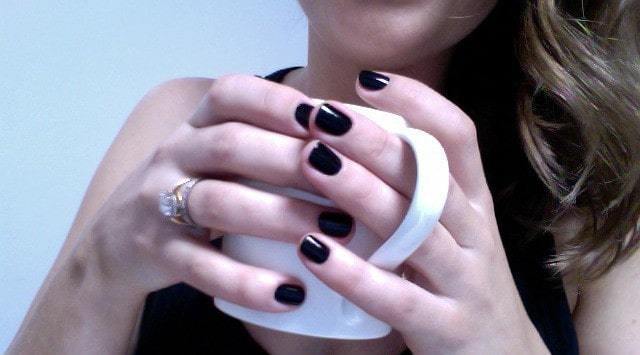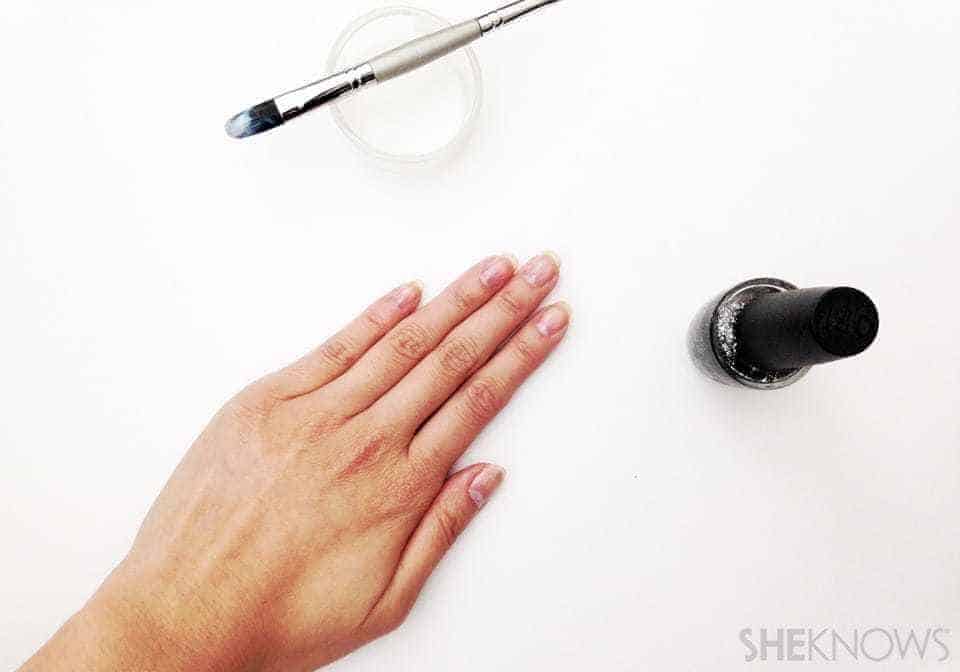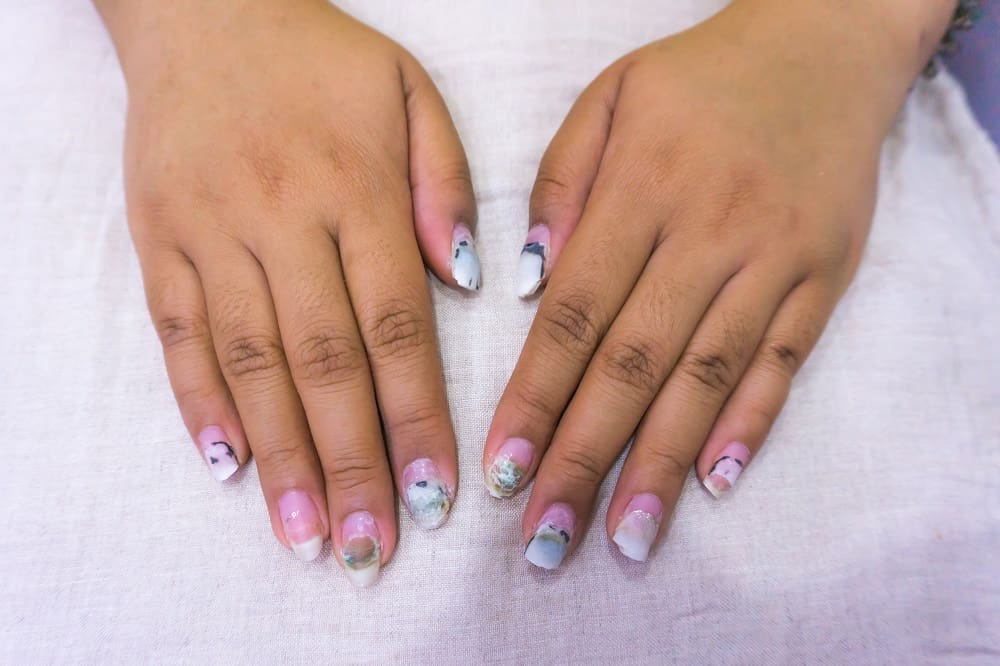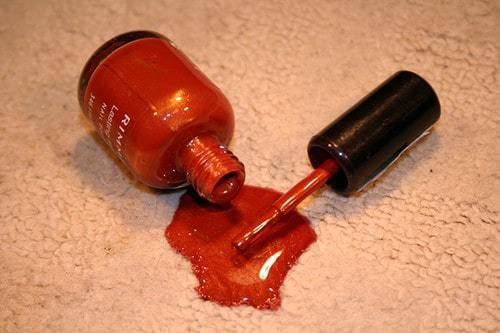What Is Hammer Toe? Causes, Symptoms & Treatments
Who would have thought that fashion could actually cause health risks? Actually, many of us do know that, the hard way.
Wearing dresses several sizes too small so that we can barely breathe, stiletto nails that prevent us from picking up things off the floor and killer heels that we can barely walk in.
These are just a few of the more common issues that looking good brings with it. One of the occupational hazards of fashion is the hammer toe.
What is The Hammer Toe?
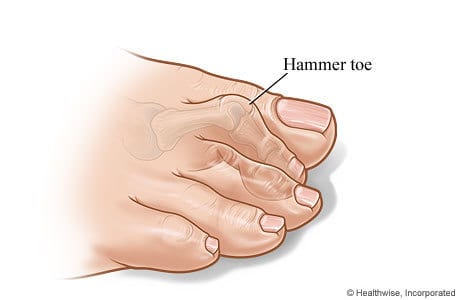
As the name suggests, it is a condition which causes the afflicted foot to resemble a hammer, because one of the smaller toes is pressed in an awkward direction.
This malady can technically affect any toe but is usually associated with the second, third or the fourth toes. The affected toe curls in a downward direction, instead of pointing straight ahead.
Related Interesting Topics:
What Causes Hammer Toe?
Hammer toe is usually an affliction of the middle joint, such that the toe bends downward. This can happen due to one of the following ways:
- This can be a genetic factor wherein which is a common occurrence in the family. In that case, it is hardly a surprise if you too suffer from it.
- Trauma to the toe causes breakage of the bone.
- A condition causing a high foot arch.
- Heightened tightening of the ligaments and tendons.
- The most common causal agent, however, is ill-fitting footwear. Shoes with an excessively pointed front, which leave no room for the toes to move are largely responsible for this condition. In the absence of adequate space, the big toe and the small toe on either side begin to press inwards, exerting pressure on the other three toes.
- Damage to the spinal cord or to the nervous systems is also sometimes credited with this kind of ailment.
- In some cases, the toe muscles are not balanced properly which cause the smaller toes to contract.
Wearing extremely tight shoes can lead to the formation of blisters and ulcers, besides causing bone deformities like Haglund’s Deformity and Bend Toe. Also, advancing age and certain medical conditions also exacerbate the chances of developing this curled toe. Women, in particular, are more susceptible to this deformity of the toe.
Symptoms
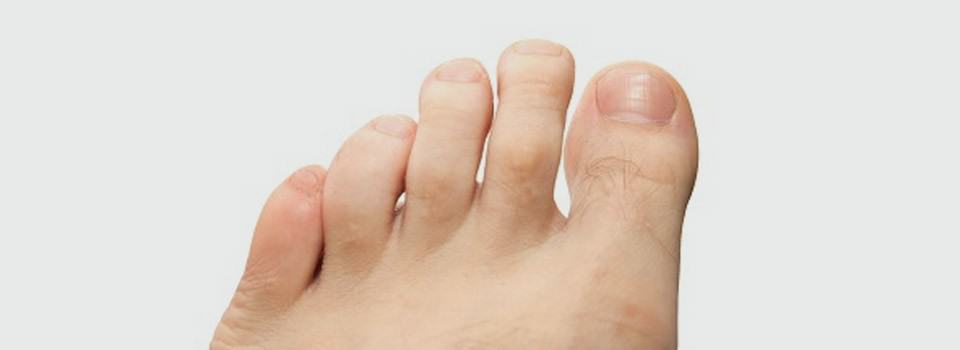
A hammer toe can be quite easily recognized. Common symptoms include:
- A curved toe, pointing downwards
- Formation of calluses and corns
- Difficulty in walking
- Rigid toes, unable to move adequately
Ultimately, an X-Ray plate can confirm the malady for good.
Learn How to Get Rid of Yellow Nails
How to Treat Hammer Toe
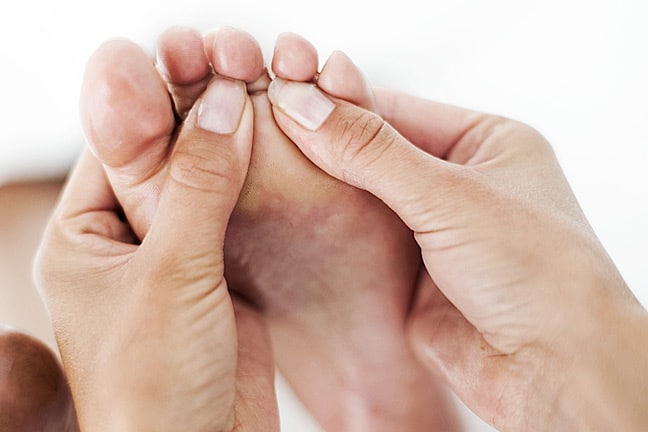
Happily, a hammer toe can be treated right at home. All it requires is to change or adapt your footwear. You need to flip your existing shoes for ones with a wider toe to be able to wiggle your toes around.
If you do not want to invest in a new pair of shoes, you can use insoles or even toe pads to make walking more comfortable. Alternatively, you can also undertake some toe stretching exercises to relax the muscles and joints.

As an additional measure, you can purchase over-the-counter (OTC) medication to relieve the corns, calluses, and bunions which push the toes out of their usual alignment. However, you should never try to pop a blister yourself, as that can lead to secondary infections and further complications.
If the symptoms are severe and home remedies have failed to elicit any response, surgery is the only way out. Surgically, it is possible to realign the bones, muscles, and joints so that the toe is back to its original position.
It is not a complicated procedure and can be completed within a day so that the patient can return home the very same day.
How to Prevent Toe from Bending
The single, most efficient way to prevent the occurrence of this contracture deformity of the toe is to wear comfortable shoes.
Some simple rules with regard to this are as follows:
- Always try to wear shorter heels. If you must, do not go for heels more than two inches in height. This exerts an unequal amount of pressure on the heels and the toes, increasing the chances of some kind of bone deformity.
- Always buy shoes at the end of the day, because by that time, the feet would have expanded to its maximum with all the walking. This would provide a good margin of error while buying a comfortable pair of shoes.
- Do not just concentrate on the height of the heel. Look also, at the width of the shoe, particularly at the toes and the heels. Just to check, try wiggling your toes inside a new shoe. Although new shoes are inherently tighter, it is safe to buy a pair which allows this toe movement even when fresh.
Watch This Video to Know about How to Prevent & Treat Hammer Toes
Step-by-Step Process of Fixing Damaged Nails
A hammer toe can be quite painful, not to mention a practical nightmare, considering that walking itself becomes difficult in this case. Sadly it is not until the worst has happened that we realize the issue.
The good news is that the ailment is treatable and not that complex, except when they come with certain associated complications, in which case, surgery seems to be the only way out. So the next time you buy a shoe, think stylish and comfortable.
